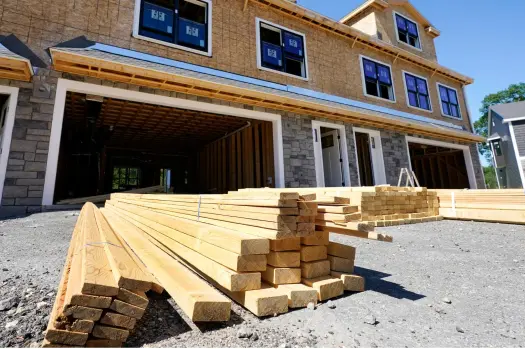The economy was a focal point during last November’s elections, and as new federal and state leaders assume office, economic concerns remain at the forefront. Amid the challenges of natural disasters, inflation, and evolving workforce needs, California must address its economic priorities to ensure resilience and growth in 2025 and beyond.
SOURCE: https://www.ppic.org/blog/preparing-californias-economy-for-2025-and-beyond/
Author: Sarah Bohn.
Navigating Current Challenges
California’s economy, the largest in the United States and ranked fifth globally, has slowed in recent years. With 1.2% job growth over the past year—similar to the national average—California is experiencing slower recovery rates in employment post-pandemic. Over one million Californians remain unemployed, contributing to concerns about long-term economic stability.
Housing costs and inflation compound these issues, affecting Californians’ purchasing power. Between 2021 and 2023, household incomes rose by 13%, but inflation outpaced these gains, increasing by 17%. As inflation cools to 2.7%, future income growth could improve purchasing power, but substantial strides are necessary to alleviate financial pressures for families.
Shifting Workforce Trends
California’s diverse communities face varied challenges:
• Latino, white, young, and less-educated workers have faced the largest unemployment increases.
• Inland regions, historically less prosperous than coastal areas, are now seeing stronger job growth, particularly in transportation and warehousing, though these jobs often pay lower wages.
• Health and education services are expanding, while the entertainment and tech industries struggle to maintain momentum after pandemic-driven booms.
These trends underscore the need for targeted policies to address regional and sector disparities in job growth and wages.
Policy Priorities for 2025
To bolster California’s economy and prepare for the future, policymakers must focus on three key areas:
• Improving Workforce Participation and Opportunity
Workforce participation has declined to 62%, largely due to the aging population. Addressing barriers such as stable housing, educational attainment, and support for underrepresented groups is essential. Policymakers must also ensure older adults and young workers have access to resources and opportunities to contribute effectively to the economy.
• Keeping and Growing Jobs
Supporting businesses through tax credits, regulatory reforms, and workforce training will be critical to maintaining job growth. Developing robust career pipelines by connecting employers with educational institutions can ensure businesses meet labor demands while providing Californians with the skills they need to thrive.
• Preparing for Climate and Technological Change
Adapting to climate change and advancements in AI technology will require innovative workforce policies. Policymakers must track emerging trends, connect employers with educational resources, and ensure equitable access to training opportunities to prepare workers for the jobs of the future.
Building a Resilient Economy
California’s ability to address these challenges will determine its resilience in the face of economic uncertainty and crises like the Los Angeles fires. Strategic investments in workforce development, business support, and climate adaptation will ensure a prosperous future for all Californians.
At the PPIC Economic Policy Center, we remain committed to providing impartial research to guide policymakers and support informed decision-making that benefits workers, families, and businesses statewide.




